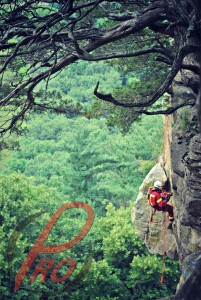29 Feb The Pitfalls of Trading Safety for Realism
It’s a hard balance to create training scenarios that are realistic and at the same time minimize the threat to our rescuers. I suppose this is because the nature of rescue is dangerous. If it weren’t for dangers, we wouldn’t have been called in the first place. How often do we get calls on a perfect 75 and sunny day versus a day with sleet, snow, rain, high winds and zero visibility? So how do we balance the two, and create a training exercise that replicates real life, but doesn’t put our trainees in unnecessary danger? This largely comes down to the opinions and experiences of the trainer themselves.
There aren’t any professional rescuers who don’t realize the inherent danger in what we do. We all need to be on our guard at all times. As every emergency worker knows, situations can completely change in a heartbeat and we always need to be on our game.
So how do we keep ourselves and our students safe during training exercises? Check out our top 10 tips for training safety:
- Plan ahead. A well-orchestrated plan leaves less to chance. Think about possible scenarios that could affect your training and have a plan B. What is the plan if the weather shifts and it starts storming during your swift water class? What if there was considerable rain the night before and the water level is up? What if you end up with a different number of students than planned? Would you be ready if the wind shifts during your burn exercise?
- Have well qualified spotters. Unanticipated complications are inevitable. Having well-trained and experienced backup will give you extra eyes to watch for issues. Your spotters will be there when a fire 1 student has an asthma attack in the burn tower, or your rope student tied an overhand instead of a figure-eight or your swiftwater student didn’t manage to swim to shore before the bend in the river. Having other trusted people to keep tabs on your students gives you peace of mind and frees you up to focus on the lesson. Be conscious of your student to instructor ratio.
- Go over safety instructions before you start. Emphasize to everyone that safety is number one. Remind them that even though this is training, it is still dangerous. This is not a sport or recreational course. It’s physically demanding and they need to take responsibility for their own safety. Use your students as additional “spotters”; everyone needs to keep an eye on each other and speak up if something doesn’t feel right. Tell everyone that if they get injured or do not feel capable of a certain evolution that they need to stop and speak up. Communication is key here.
- Be flexible. Change with the circumstances. Be willing to find a new location or change your evolution. Sticking too rigidly to the initial plan can cause us, as trainers, to stubbornly ignore issues that could complicate training or even endanger our students.
- Use the proper equipment. Now, I’m all for “MacGyvering” in a pinch, but it’s very important not to misuse equipment, especially when it comes down to safety. I think it goes without saying that we don’t use hardware store pulleys or manila rope for rescue, ice rescue suits for moving water, wildland gear in a fully involved structure or structural fire gear in a water rescue, right? Be sure you know your equipment and its capabilities.
- Tether your “victims”! Yes, in a real situation your victim will not conveniently have an ice rescue suit and a line to shore, and your high angle rescue patient won’t be harnessed to the side of that cliff, but it is far more important to keep your people safe than it is to be 100% realistic. Never place your students in unnecessary danger.
- Stay calm. Stay calm. Stay calm. Don’t rush through evolutions and send people every which way. This is training, not a real emergency. The focus of training should be to do it right, even if it takes a few times as long. So go step-by-step through each part, and speed up your evolutions only as your students are capable and willing. And be ready to stop and slow it back down if that’s what’s needed.
- P.A.R. Use a personnel accountability report and keep track of your people. Do it often and do it loud. The easiest way to do this is to have everyone at the training count off numbers 1-?. Frequently throughout the class call for a P.A.R. Everyone should yell out their number in order. This is an easy way to see if everyone is accounted for.
- Listen. Do not be so self-righteous that you get set in your ways and become unwilling to listen to advice. Everyone has different experiences and insights and the world of rescue is always evolving. Listening to the thoughts of students and other trainers, and perhaps changing your own practices, will keep people safe and keep your training up-to-date. Learn from the successes and even failures of others to improve your own program. There is not a class where we don’t learn something from those around us.
- Experience. There’s really no other way to say it. In order to be an efficient trainer, you really do need to get out there and have experience in the field. Additionally, watch videos, talk to survivors and rescuers, go to additional training yourself. The more you’ve seen, the better you can anticipate. Never stop learning.
The nature of our business is danger, but we don’t have to place ourselves at unnecessary risk. There’s no sense in getting injured, especially just for training. Remember, you owe it to yourselves, your team, and your families to go home safe. Please, only take calculated risks and know what you’re getting into. Don’t judge those who have been unsuccessful; after all, they did the absolute best with the training and equipment they had at the time, but do learn from them, improve your own practices, and continue to …
Stay Safe,
Kaylin Van Stappen
PRO Instructor
Disclaimer: Legally speaking, we should tell you that the views expressed in this blog, as well as in comments, are those of the author and do not necessarily represent the views of Pioneer Rescue & Outfitters as a whole. Information is provided for informational purposes only. As with everything in life, it’s important to research and form your own opinions based on the facts you verify rather than simply taking the views of others as gospel truth. As such, Pioneer Rescue cannot be held liable for the information presented. This blog is not a substitute for professional training courses. For that, you can go ahead and book us! Thank you for your understanding.






Sorry, the comment form is closed at this time.